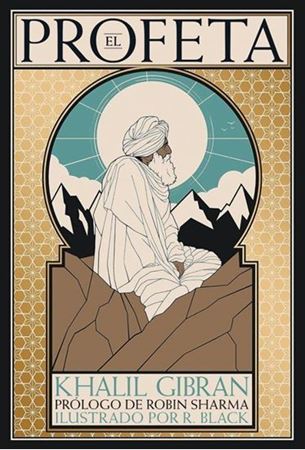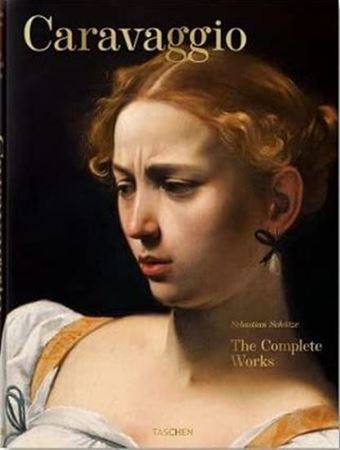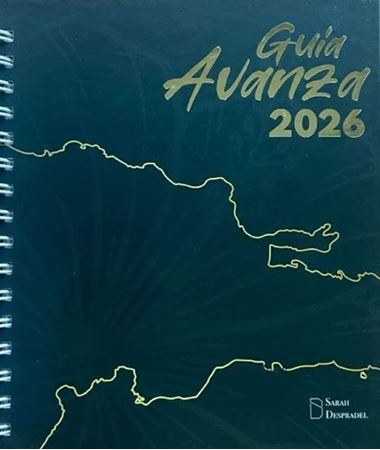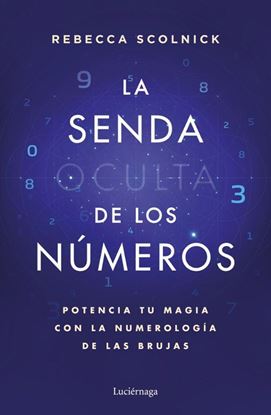

NOVEDADES
NEVERWINTER N01/04 GAUNTLGRYM
Una nueva serie Reinos Olvidados.
Soy Drizzt Do'Urden, antaño perteneciente a Mithril Hall amado por una esposa y amigo de un rey y otros compañeros no menos maravillosos. Todo eso forma parte de la corriente de mi memoria, que fl uye ahora hacia orillas más lejanas, ya que ha llegado el momento de retomar el rumbo... y de recuperar mi corazón.
Soy Dahlia Sin'Felle y llevo siete diamantes en la oreja izquierda, uno por cada uno de los amantes a los que he asesinado, además de dos pequeños pendientes en la derecha por los amantes que aún debo matar. Sirvo a Thay... de momento.
Soy Gauntlgrym, la legendaria patria de los enanos Delzoun la leyenda más sagrada de su historia, la fuente de la forja eternamente encendida, el lugar que Bruenor Battlehammer ha buscado durante más de medio siglo... y sigo esperándolo.
1,400
1,120
EL PEQUENO LIBRO PARA ELEGIR LAS MEJORES
Descubre qué hace que una acción pase de prometedora a imbatible
¿Cuáles son las claves para identificar las acciones con mayor potencial de rentabilidad? A lo largo de la última década, algunos valores han experimentado alzas espectaculares en un solo año. En El pequeño libro para elegir las mejores acciones, Martin S. Fridson desvela los rasgos cuantitativos y cualitativos que comparten estos valores ganadores y presenta su innovador indicador, la Estadística Fridson-Lee.
Este libro no promete fórmulas mágicas ni certezas absolutas, pero sí proporciona una perspectiva fundamentada sobre la selección de valores, explorando los límites del análisis convencional y las estrategias que pueden marcar la diferencia en la inversión. Un manual imprescindible para quienes buscan comprender el mercado y mejorar su criterio a la hora de elegir las mejores acciones.
El pequeño libro para elegir las mejores acciones es un magnífico asistente para los inversores que quieren comprender mejor un mercado que cada vez está más desconectado de los indicadores tradicionales de valor y crecimiento. El principal objetivo del libro es detectar aquellas acciones que tienen un mayor potencial de revalorización dentro de un horizonte temporal relativamente corto.
1,400
1,120
BATCH PLAYING
Una propuesta de lo más original y práctica para alimentar el juego creativo en los niños.
¿Te imaginas un libro de recetas con «superalimentos» para que, con el mínimo tiempo de preparación, los niños obtengan la máxima nutrición y que, encima, les guste tanto como una pizza? Pues esto es justamente Batch Playing, una divertida e innovadora fusión entre el batch cooking y el juego (play).
La idea es sencilla: preparar con antelación kits de juego y creatividad a partir de muy pocos elementos básicos que se pueden combinar de formas ilimitadas para que, con una pequeña inversión de tu tiempo adulto, los pequeños se entretengan durante horas y, la mayoría de las veces, de forma autónoma. Puede que suene algo complicado al principio, pero no te preocupes porque en este libro encontrarás lo que necesitas para que tus kits sean un éxito rotundo cada vez que te pongas a «cocinar». Una guía sintética, práctica y evolutiva para nutrir el juego y la creatividad de los niños, hacerte la vida más fácil y ayudarte a promover, desde la primera infancia y durante toda la crianza, un juego sano, sostenible, creativo, libre de pantallas y de estereotipos de género.
1,400
1,120
LA SENDA OCULTA DE LOS NUMEROS
Utiliza el increíble poder de la numerología para aumentar tu magia usando solo un lápiz, papel y una calculadora.
¡Nada de cálculos matemáticos complejos! ¡Nada de teoría complicada!
En estas páginas, aprenderás:
- Cómo encontrar tu seis significativo, los seis números importantes que te revelan pistas poderosas sobre tu camino en esta vida.
1,400
1,120
EL SIERVO DE LA PIEDRA. MERCENARIO 1/3
Rodeado de elfos oscuros, Artemis Entreri vuelve a ser el rey de las calles de Calimport. Pero mientras que él aboga por la prudencia, su protector drow se vuelve cada vez más ambicioso. Muy pronto, el asesino se ve obligado a seguir el mismo camino que en su día tomó su enemigo más odiado, un camino que conduce a un lugar en el que un asesino como Entreri jamás será bienvenido.
El drow Jarlaxe abandona la oscuridad de Menzoberranzan lleno de malignos propósitos. La Piedra de Cristal ejerce sobre él una influencia tan grande que incluso los agentes drow que le acompañan comienzan a sentir temor.
1,400
1,120

























